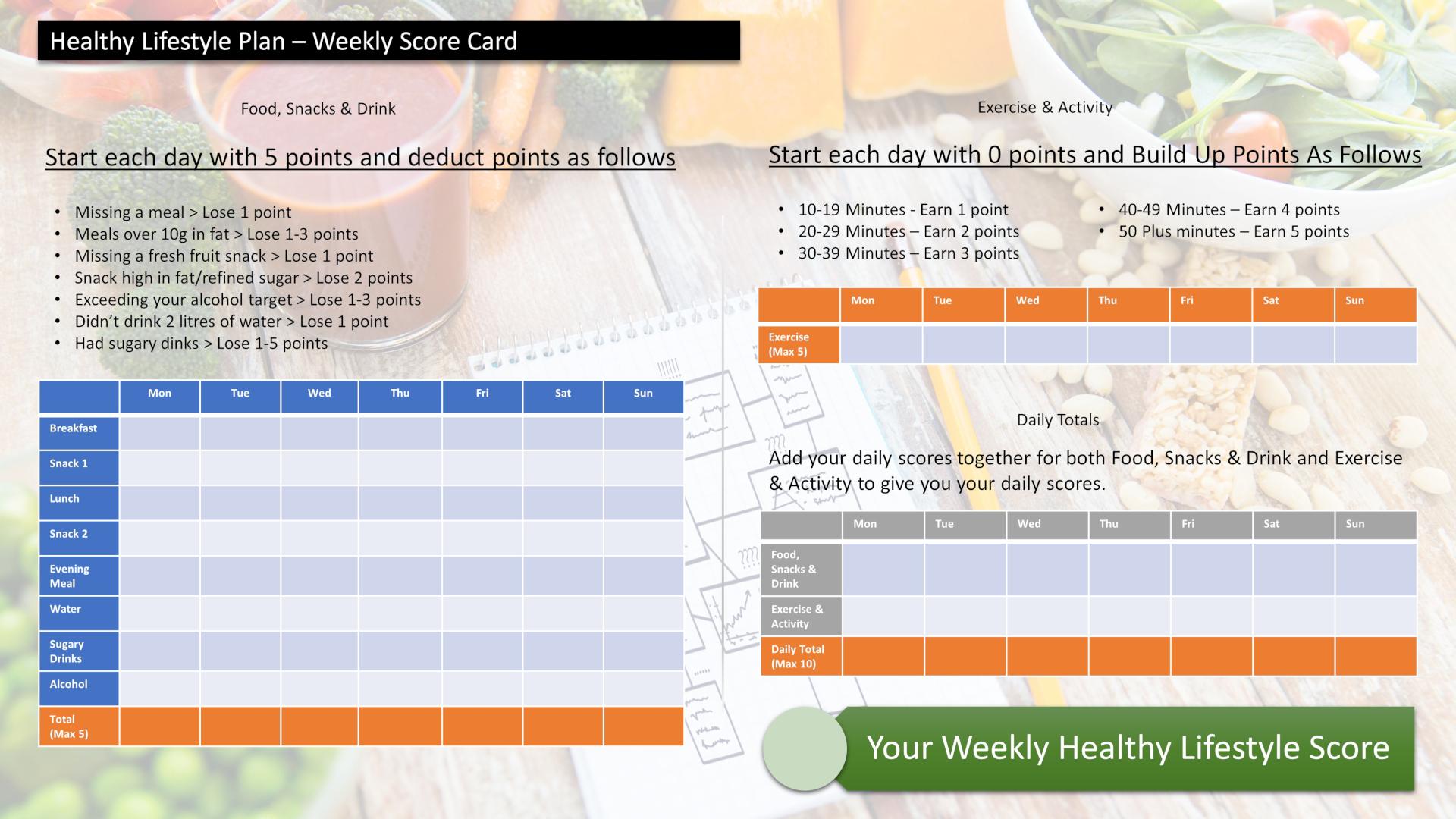So January is here and many of you will once again have turned your attention to exercising. Many of you will have purchased home use cardiovascular equipment while others will be joining a gym. Well I really hope that you can stay committed, and that you will achieve those results you seek.
So if it’s time to get your body in shape I would like to give you some information about the best way to do it. Having worked in the fitness industry for many years, I know that seeing improvements is essential to you staying with your fitness programme.
Let me introduce you to High-Intensity Interval Training (HIIT Training) which provides a quick explosive way to burn fat without losing muscle. It’s an aerobic training programme. Rather than waste time exercising at a slow pace, praying the fat melts off before you die of boredom or turn grey,
There is no doubt that aerobic exercise has a role to play in fat loss. But many people find after a while cardio workouts can become a bit stale and time-consuming.
HITT or high intensity interval training is an easy way to burn all those fat and calories in your body without having to spend hours pounding away at your chosen exercise. This method of interval training alternating higher intense cardio intervals with moderate-intensity cardio intervals achieves unbelievable results, helping burn fat at an amazing level.
The major benefit of HITT or high intensity interval training is the fact that on a normal exercise routine your body gets accustomed to the pace and exertion and thus does not lose the amount of calories you wished for. When alternating between intense and medium levels of exercise, your body is not able to go into a steady or stable state and thus keeps on losing or burning fat and calories without getting a chance to store them.
Three or four HIIT sessions a week should produce significant fat-burning effects. HIIT is performing a cardio exercise such as running at a very high intensity then at a lower intensity and repeating the cycle again and again. It can be very hard and to all newcomers to training I advise you to take it slowly until you build up better stamina and your fitness levels.
A HIIT session consists of a warm up period of exercise, followed by six to ten repetitions of high intensity exercise, separated by medium intensity exercise, and ending with a period of cool down exercise.
The high intensity exercise should be done at near maximum intensity. The medium exercise should be about half-maximum intensity. The goal is to do at least six cycles, and to have the entire HIIT session last at least fifteen minutes and not more than twenty minutes.
HIIT training creates a demand for more oxygen in your body, known as EPOC, or Excess Post-exercise Oxygen Consumption. What it means is for your body to return to a resting state after HIIT training, it uses excess oxygen over the next few hours. EPOC will take place in your body once you have performed intense exercise This means you can still be burning calories hours after your workout. The amount of intensity that you put into your intervals directly affects the volume and duration of EPOC. For instance, EPOC will be effective for a few minutes after doing aerobic exercise, but may last up to forty hours with HIIT Training done correctly.
A common interval training programme is the slow jog-fast sprint interval training. Alternatively if you are a complete beginner, try walking/jogging. Warm up and stretch thoroughly before you commence HIIT. I will repeat don’t forget, it is very important to warm up and cool down for 5 minutes, every time, before and after each HIIT session. Then start out with a 1 minute jog / 1 minute sprint as fast as you can. For beginners, you can try 2 min jog then 1 minute sprint or adjust the cycle to suit your stamina you could try the 30sec/30sec cycle instead of 1 min each. Another alternative is to add another 30 second period of walking in between each. So you’ll walk for a set amount of time, then jog for a set amount of time, sprint for a set amount of time, followed by more waling, more jogging, more sprinting, and so on. Perform HIIT 3 to 4 times a week for up to 20 minutes and watch your fats melt away fast.
Remember, it has to be intense during the sprint phase for it to be very effective. Otherwise, it will just be another cardio exercise you see people doing day in and day out without any real results. You should be extremely tired, sweating profusely, huffing and puffing when you are done. If you are not, you have not been performing HIIT correctly.
In conclusion HIIT training burns a greater number of total calories than low-intensity training, and more calories burned equals more fat lost. The majority of calories burned will come after your workout! Try it! You can already visualise the fat melting away right before your very own eyes.
When you complete a traditional cardiovascular session at an unvarying intensity for the duration of a workout your body enters a ‘steady state’. This is a state at which your body has adapted itself to the speed you are going and conserves energy. When you complete HIIT you do not allow your body to enter this state and thus allow yourself to burn more total calories in less time. Also, HIIT training is performed at a high intensity which raises your heart rate faster and raises your metabolism longer after the workout.
Some studies, state that HIIT (High Intensity Interval Training) cardio helps subjects lose/burn nine times more fat than those who trained the traditional way.
Score Your Way To Good Health - With Our Healthy Lifestyle Plan
Score your way to good health with our healthy lifestyle plan and it's unique 70 point weekly scorecard!




Thank you for explaining this as I’ve heard about it before without knowing the reasons. Once I get rid of the fear of having a heart attack I will try.
Cheers